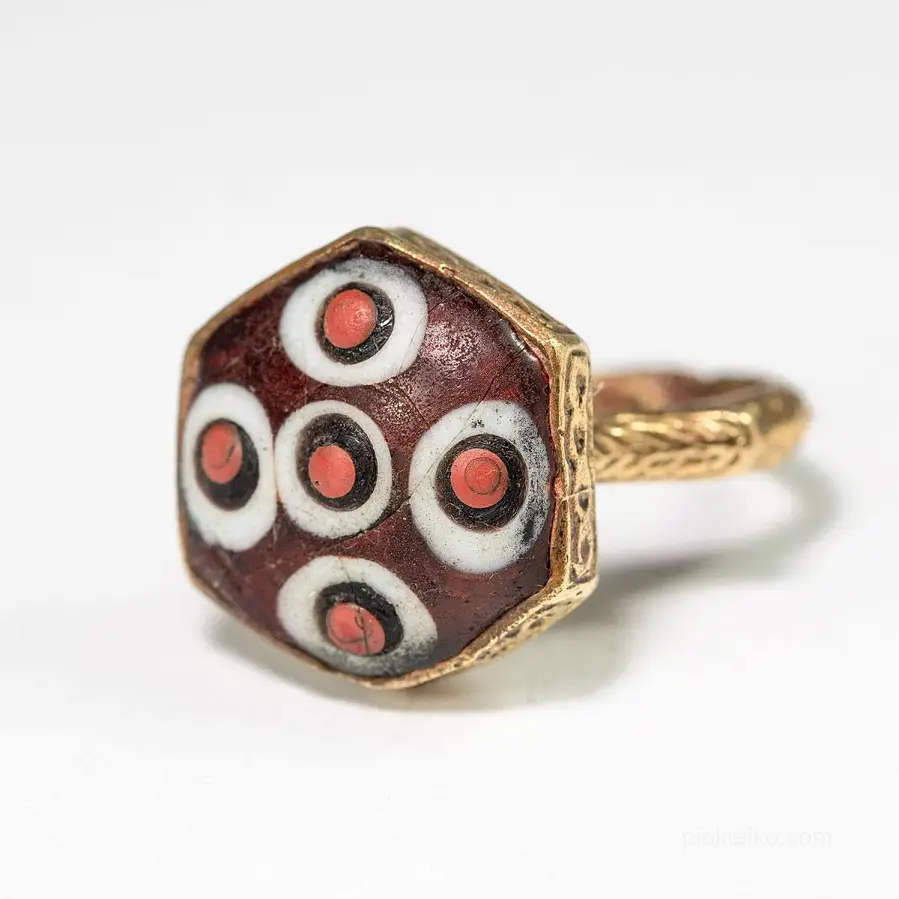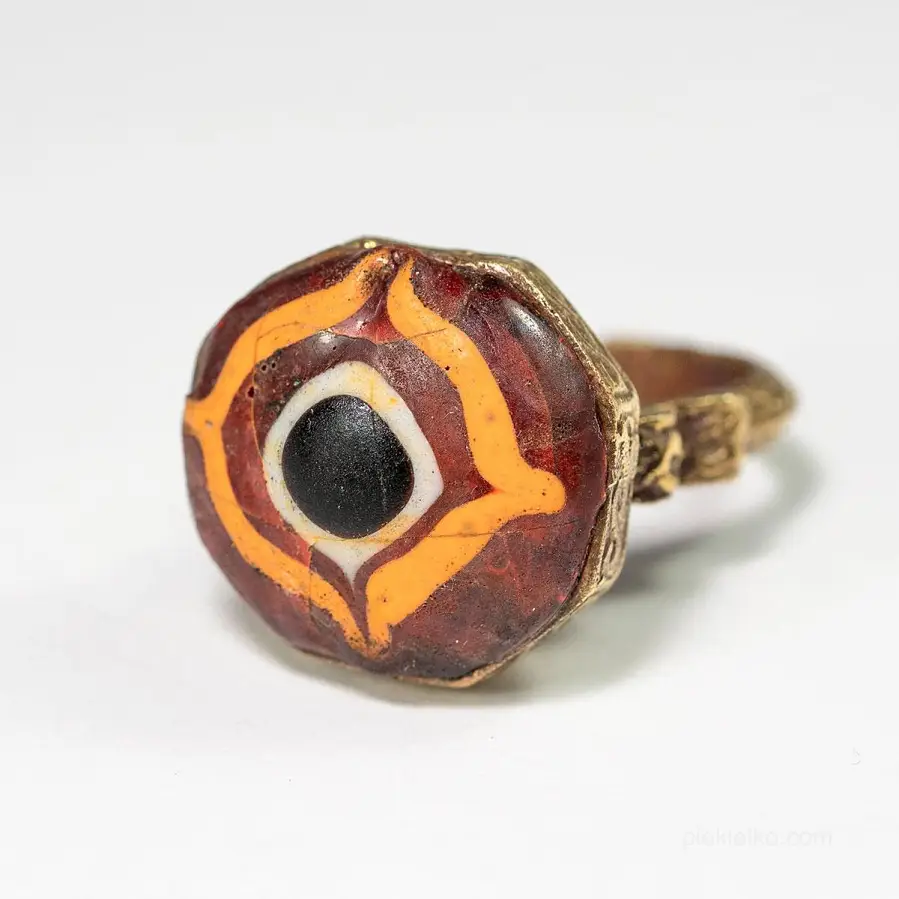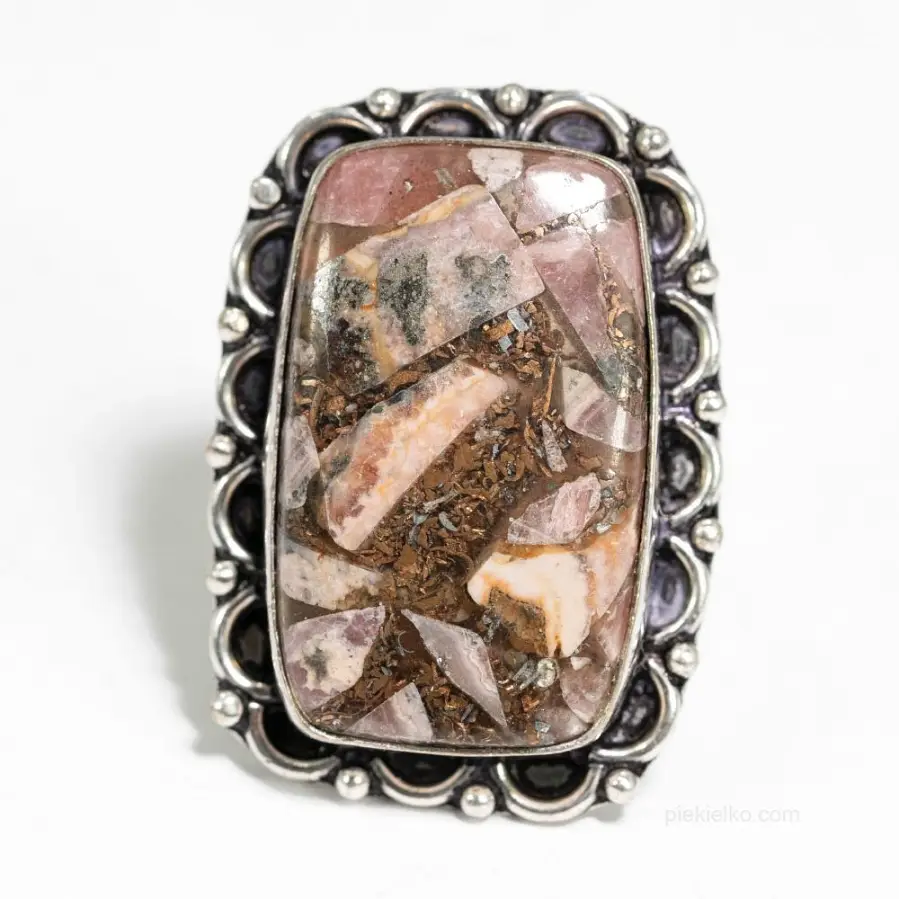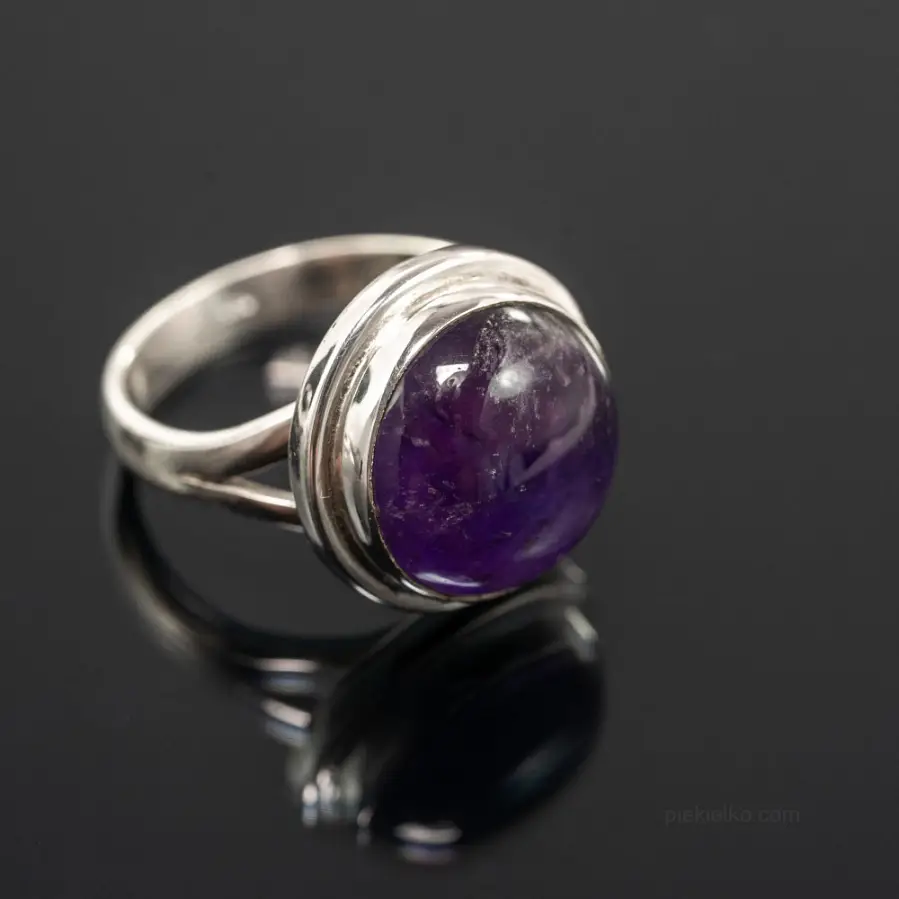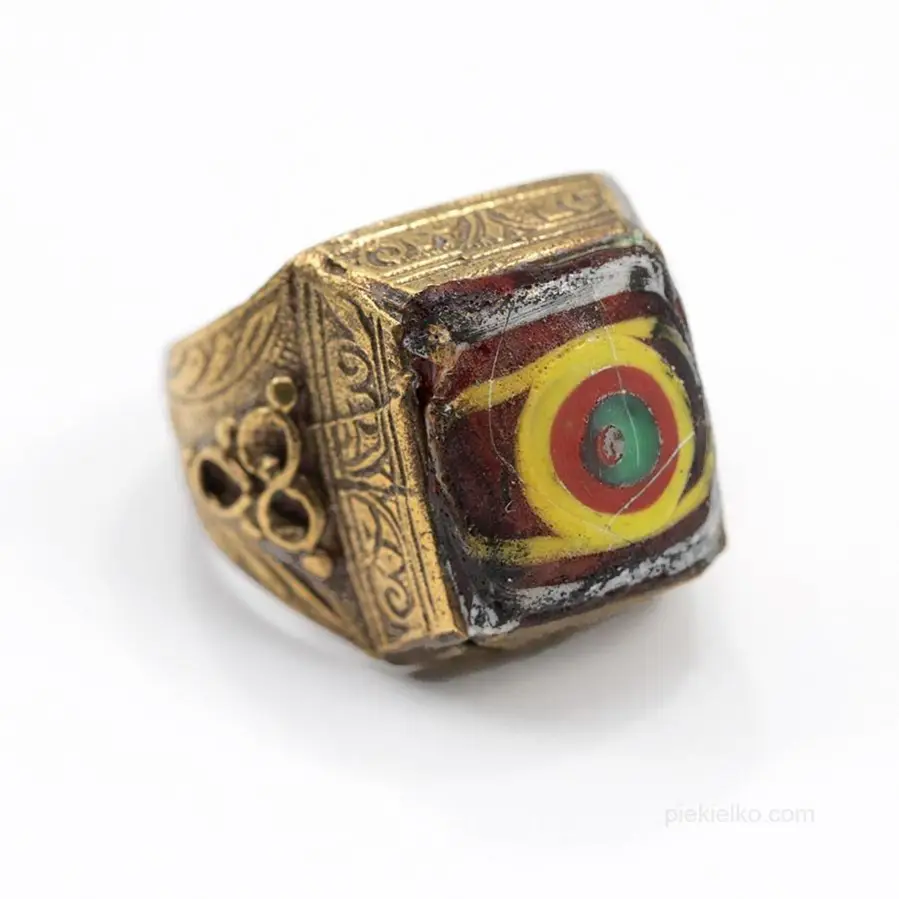Krumping - street dance

The United States, numerous gangs, violence, weapons - many young people fall into inappropriate company, begin to lead dangerous lives from which there is no escape. Fortunately, for some time there has been a solution for discharging one's negative emotions without getting into trouble. It has long been known that dancing is a cure for everything - in this case, including the evil around us.
Krumping was born on the dangerous streets of Los Angeles, which were known for their huge number of gangs. It gained quite a bit of popularity in the early 1990s spreading across the United States. It is a street dance that is an offshoot of hip-hop, with its roots in traditional African dances. Its hallmarks are energetic and aggressive movements that can resemble a brawl starting.
A certain Daniel Grant was already holding a gun in his hands at many 16-year-olds. When he showed up at classes he started numerous fights. Daniel's classmates were members of the ruling gang in his neighborhood. Fortunately, dancing came into his life, which turned out to be a kind of salvation. The boy was fascinated above all by the dynamics of the movements performed, the power inherent in dancers and the crazy form of expression. Thanks to krumping, he abandoned the feeling of shame for his actions and got an alternative for expressing his positive and negative emotions.
Krumping does not impose choreography, however, it has ironclad rules - NO to violence, fighting, humiliation of others and cursing, so that young people who begin their adventure with this dance are taught tolerance. Everything the dancers want to express must be presented with hands, arms, face and legs. There is no place for violating bodily integrity because it shows that violence is wrong. Nevertheless, it allows one to give vent to dormant emotions and aggression.
It turns out that the practice of krumping has influenced a decrease in violence, which was confirmed by police officers patrolling the most dangerous neighborhoods. When asked about the falling numbers on violence and even crime, William Fleming - one of the lieutenants working for the Boston Police Department - boldly replies that this is certainly due to krumping, which allows rebellious youth to calm down. While dancing, they don't worry about lack of food, they don't fear for their future or dangerous people. That's when the only thing that matters is the here and now, music and dancing.
George Ashby, a 19-year-old living in Mattapan at the time, admits that in his life the choice was simple - either dance or life on the streets. His passion also became krumping, which he has been practicing for more than two years. It all started after watching the documentary "Rize." Inspired by the story of the dancers, he asked the director of the community center to use the facilities to polish his steps and movements. From that moment, he and his colleagues began the adventure of dancing, which was tantamount to a struggle for a new and better life.
To understand the phenomenon of this dance faction it is worth watching the film "Rize". The main performers include Lil' C, Tommy Johnson, who is also known by the nickname Tommy the Clown, and the female whistle of krumping - Miss Prissy. It is worth mentioning that the director who decided to undertake this unusual venture is a certain David LaChapelle. The film is preserved in the form of an interview, which was interspersed with dancing. It presents two related subcultures - not only krumping, but also clowning. The documentary is divided into three parts: the first is an interview about the origins of clowning, the second explains how krumping evolved, while the third part of the film shows the dance battle "The Battle Zone" occurring between dancers of both styles. In addition to learning about the theory, you can also see how the two styles differ in practice
It is not only the content presented in the film or the intriguing choreography that deserves praise, but also the way in which the combination of African dance along with the newly developed style, krumping, is shown. One of the recurring sequences is precisely the reference to African ritual dance that inspired the creators. Despite the many criticisms of the film, I think it's worth watching, if only to get a sense of the dancers' mindset. Despite the aggressive movements and menacing facial expressions, for many people krumping can be a solution to problems. Since this dance has such a great impact on young people and has a soothing effect on their souls and bodies it is certainly worth talking about.
- Created on .
- Last updated on .
- Hits: 12121




